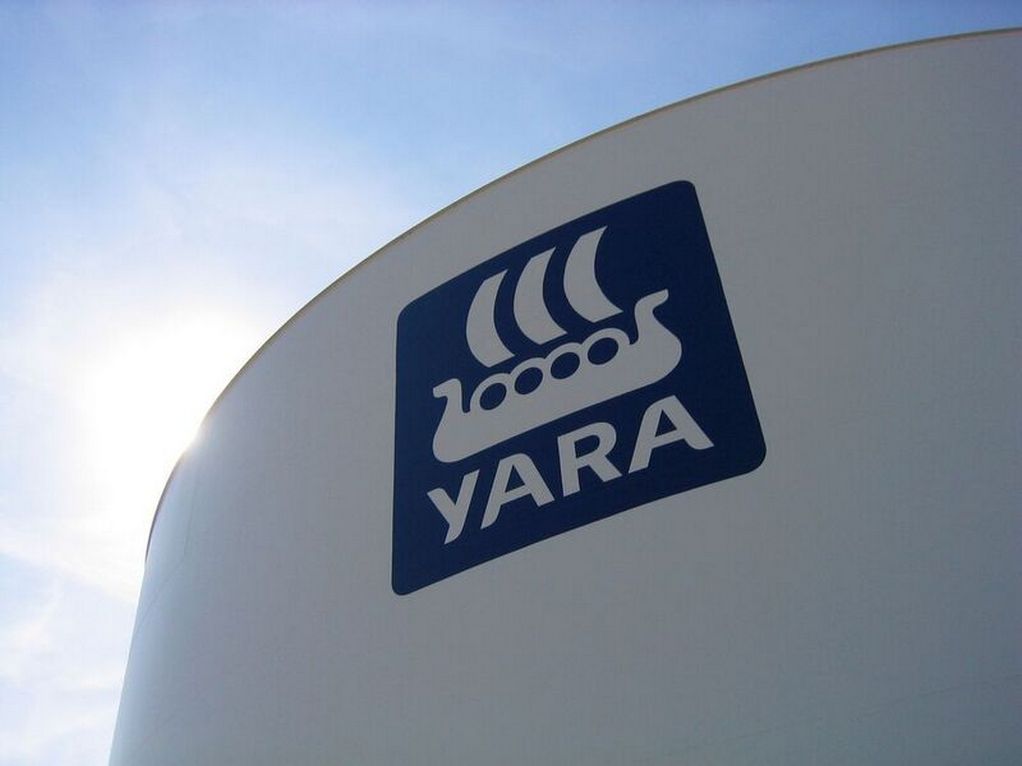BASF and Yara Clean Ammonia are collaborating on a joint study to develop and construct a world-scale low-carbon blue ammonia production facility with carbon capture in the U.S. Gulf Coast region. The companies are looking into the feasibility of a plant with a total capacity of 1.2 to 1.4 million tons p.a. to serve the growing global demand for low-carbon ammonia.
Approximately 95 percent of the carbon dioxide (CO2) generated from the production process is aimed to be captured and permanently stored in the ground. This would allow Yara to serve its customers with clean ammonia with a significantly reduced product carbon footprint. For BASF, the new plant would act as backward integration to serve the company’s demand for low-carbon ammonia and would lower the carbon footprint of its ammonia-based products.
BASF and Yara are long-standing collaboration partners and successfully operating a joint world-scale ammonia plant at BASF’s site in Freeport, Texas. The companies plan to complete the feasibility study on the low-carbon blue ammonia production facility by end of 2023.
The product characteristics of blue ammonia are identical to conventionally produced ammonia. Since the CO2 generated in the production process is captured and not released to the atmosphere, blue ammonia plays a significant role in the transition to alternative, less carbon-intensive products. BASF aims to reduce its absolute CO2 emissions by 25 percent by 2030 compared to 2018 and achieve net zero CO2 emissions by 2050. Yara has a strong track record in greenhouse gas abatement. Since becoming a listed company in 2004, Yara has almost halved its emissions and will reduce a further 30 percent by 2030. Yara aims to become climate-neutral and grow a nature-positive food future.


Recent Posts
IHI admits improper alteration of data over 4,000 marine engines
Shipowners welcome 40% production benchmark
MPCC opts for 2 methanol dual-fuel ships
WinGD to debut short-stroke engine design
MarineDOT cuts fuel consumption by 100,000 gallons using ABB technology
CMA CGM invests $214m in shipping decarbonisation
SEB adds shipping to 2030 net zero target
MB Shipbrokers and Azolla create decarbonisation solution